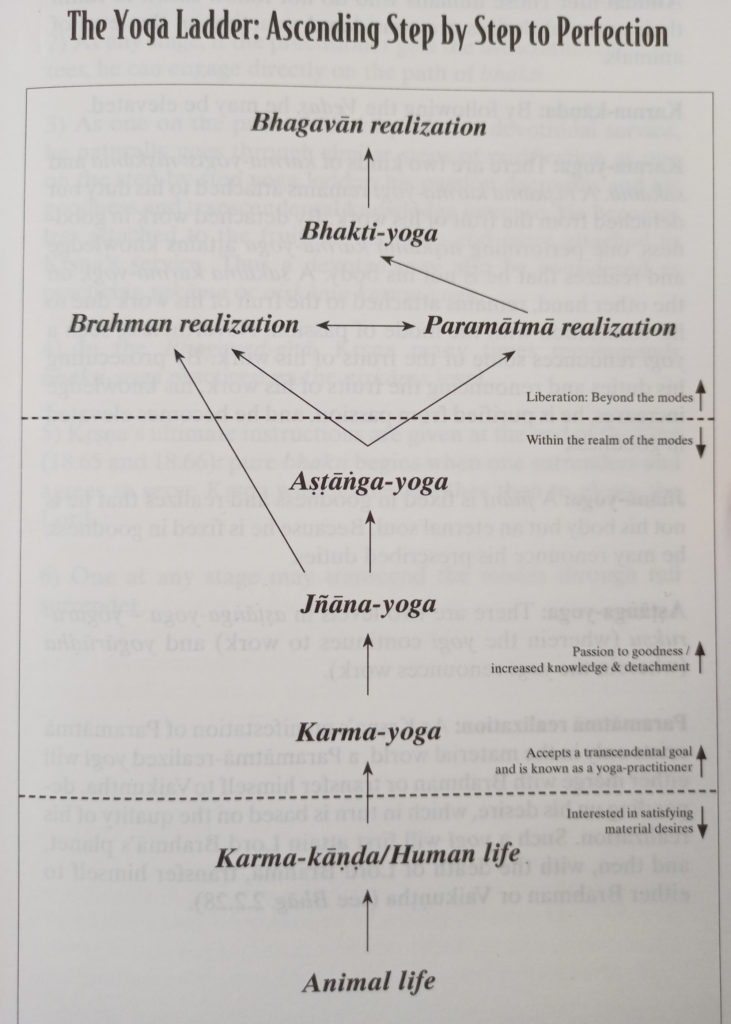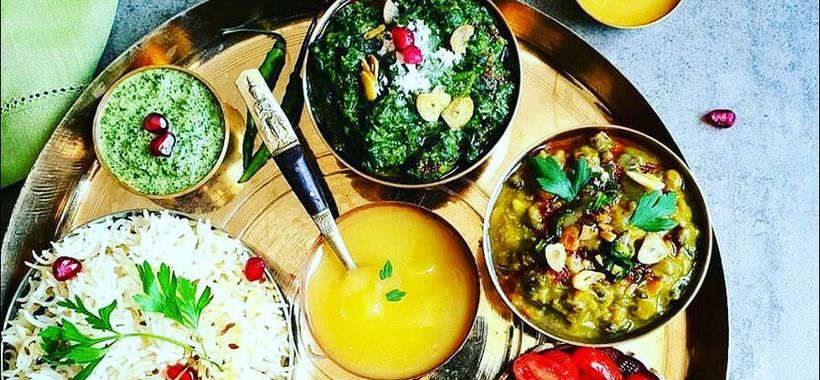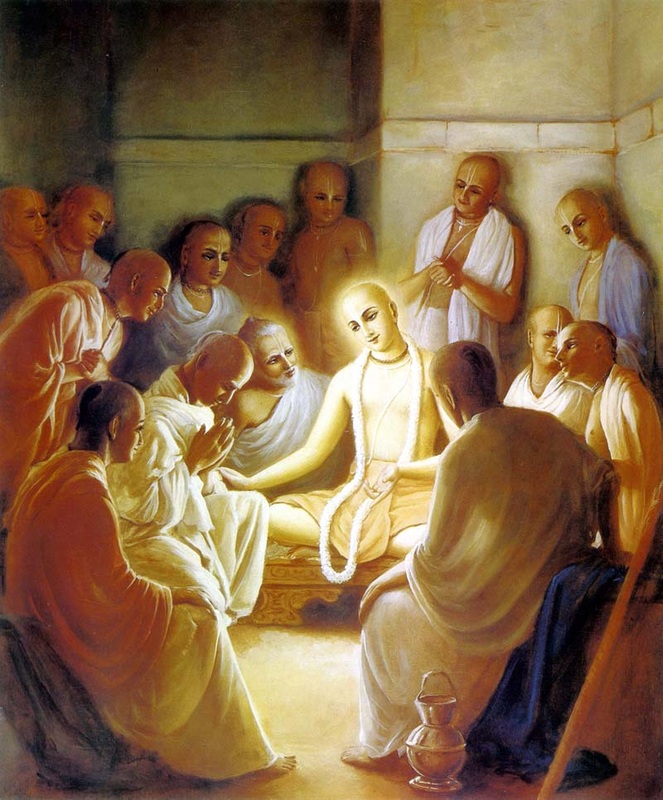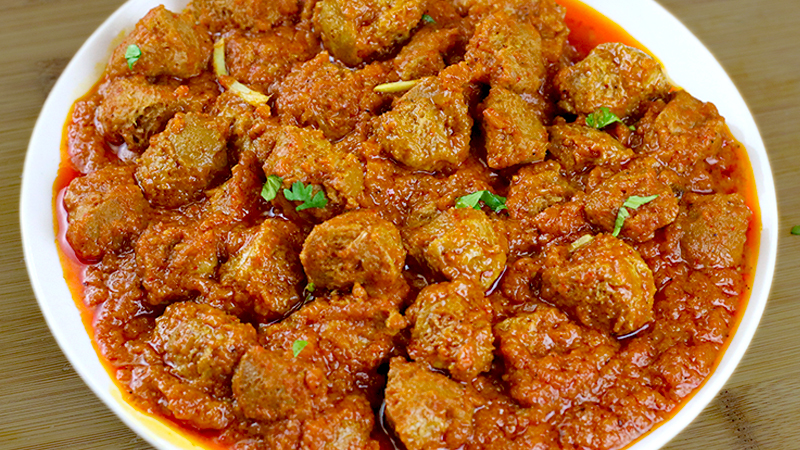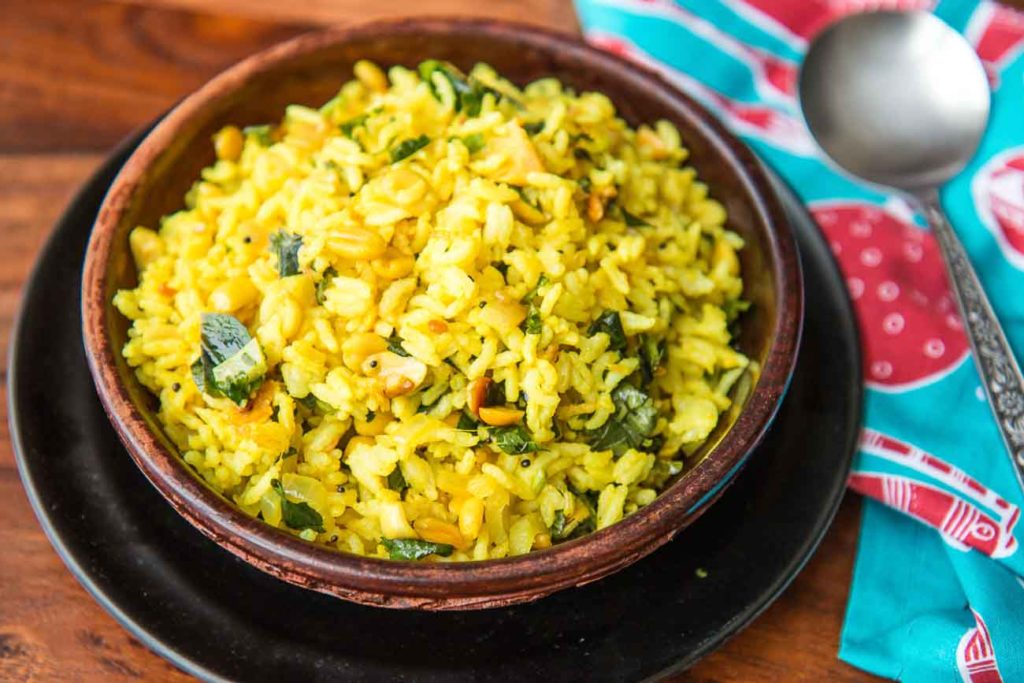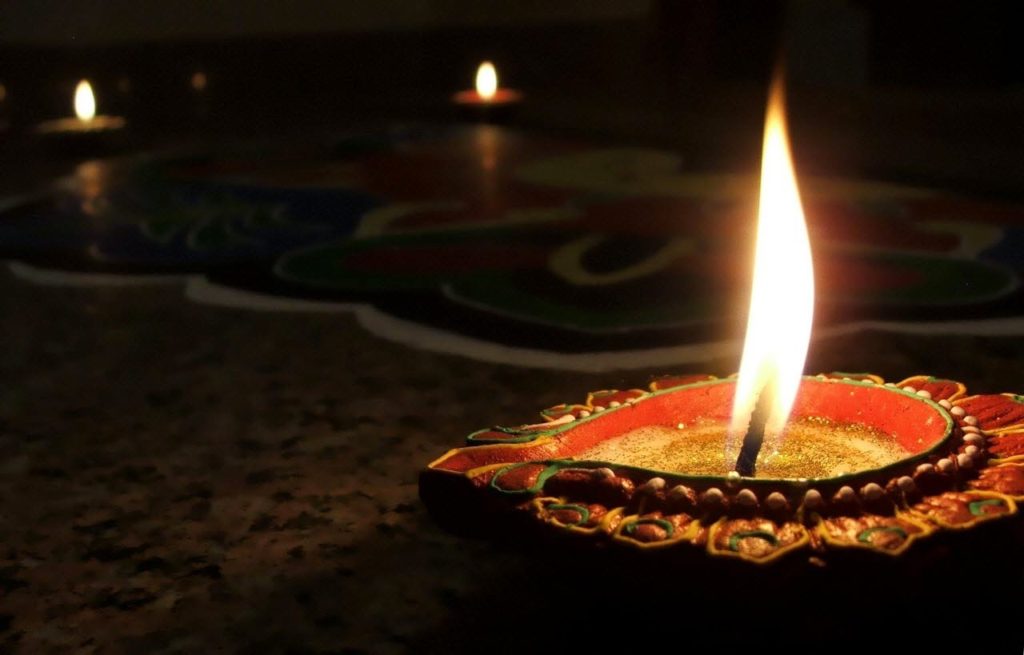Nowadays many people are interested in yoga, but most don’t really understand what yoga really is. In its original sense, the word yoga means “connection with the divine”. According to the Vedic literature, such connection is the ultimate goal of life, and actually, the whole material creation exists with the purpose of allowing the souls to learn their lessons and advance in the spiritual path. Different from what we usually think, yoga is not just a particular process, but a multitude of different processes that leads to this ultimate goal. There is astanga-yoga, karma-yoga, jnana-yoga, buddy-yoga, bhakti-yoga, and so on. The list is actually quite extensive.
In a sense, all of us, not only humans but also animals and other beings are practicing yoga, it’s just that we are practicing it in different ways and in different levels.
These different processes of yoga are explained in the Bhagavad-Gita, which gives us a ladder, explaining the difference between the different processes, the hierarchical relationship between them, and, most important, the path we need to follow in order to attain spiritual perfection. To understand this yoga ladder means to understand the essence of the message of the Bhagavad-Gita and its practical application.
